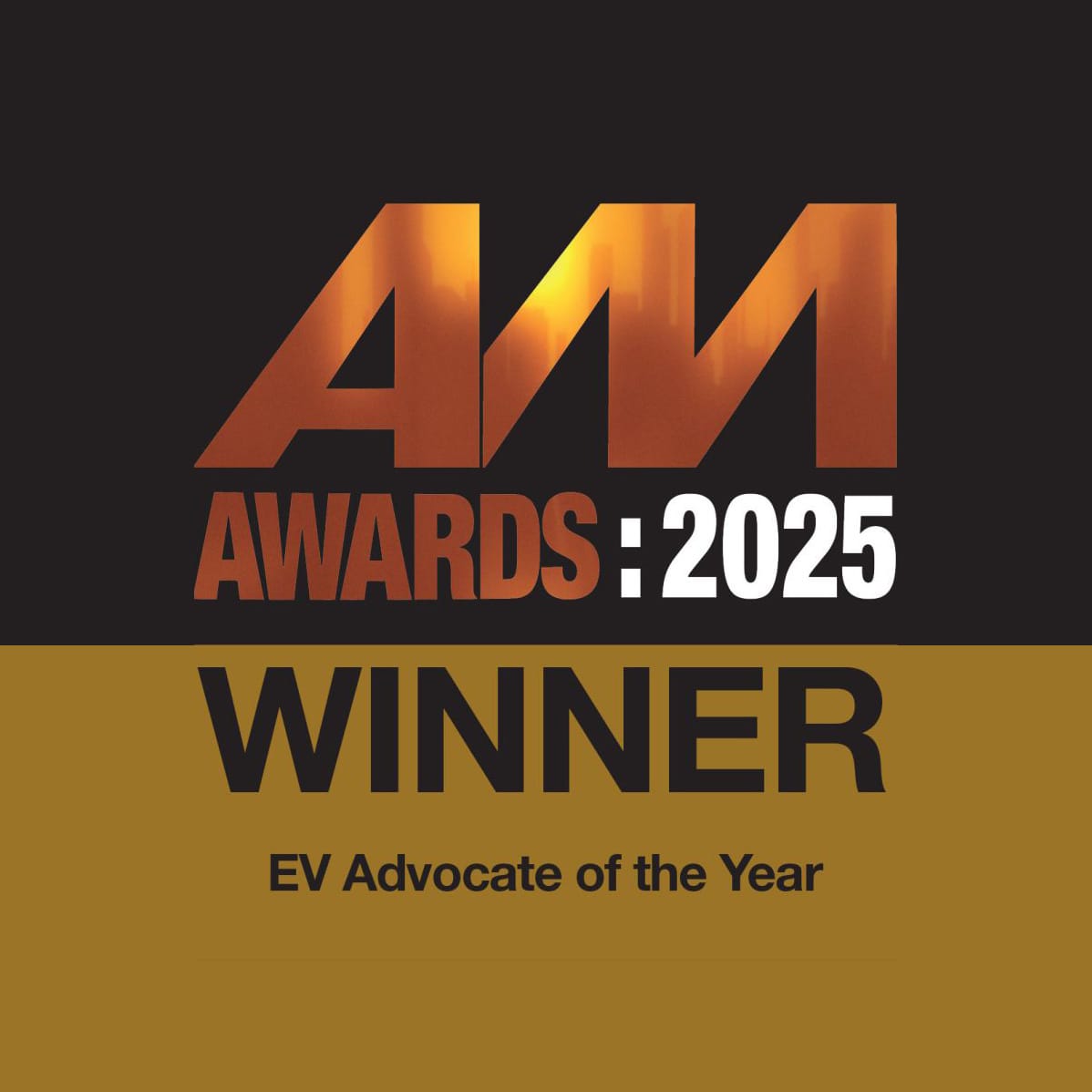For years roads have been used to move everything from silk to cattle, moving person and parcel from one place to another. Way back when we used horse and carriage to manoeuvre our way across the lands before us, then we moved to motorised vehicles, traditionally powered by petrol, and then evolving again to diesel as another driving force for our cars. Now we are experiencing yet another shift in the way we power our transportation and it’s looking very much like the best fuel available might well be electricity.
For some this is still a ridiculous futuristic endeavour that will never come to pass, but the reality is that the electric powered vehicle is here, and it’s staying around. We can already power them with the infrastructure that is in place and although it will need to get better as the uptake of EVs continues we are already in a very good position. It is how we generate the electricity needed, however, that is the real key to a green, sustainable, renewable transportation system.
No matter what side of the debated fence you sit on, what this transition in energy collection and distribution will mean for us as a globe and species is revolutionary. Of course, there are fears to whether this shift can be done at all, but these are being overcome as countries around the world are moving towards generating renewable electricity as their main source of power, something that is proving to be much better than the current alternatives. As for the roll out of these renewable technologies, if done properly alongside the rapidly increasing adoption rate of electric cars, it could spell out a truly amazing outcome for this small rock that we call home.














